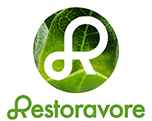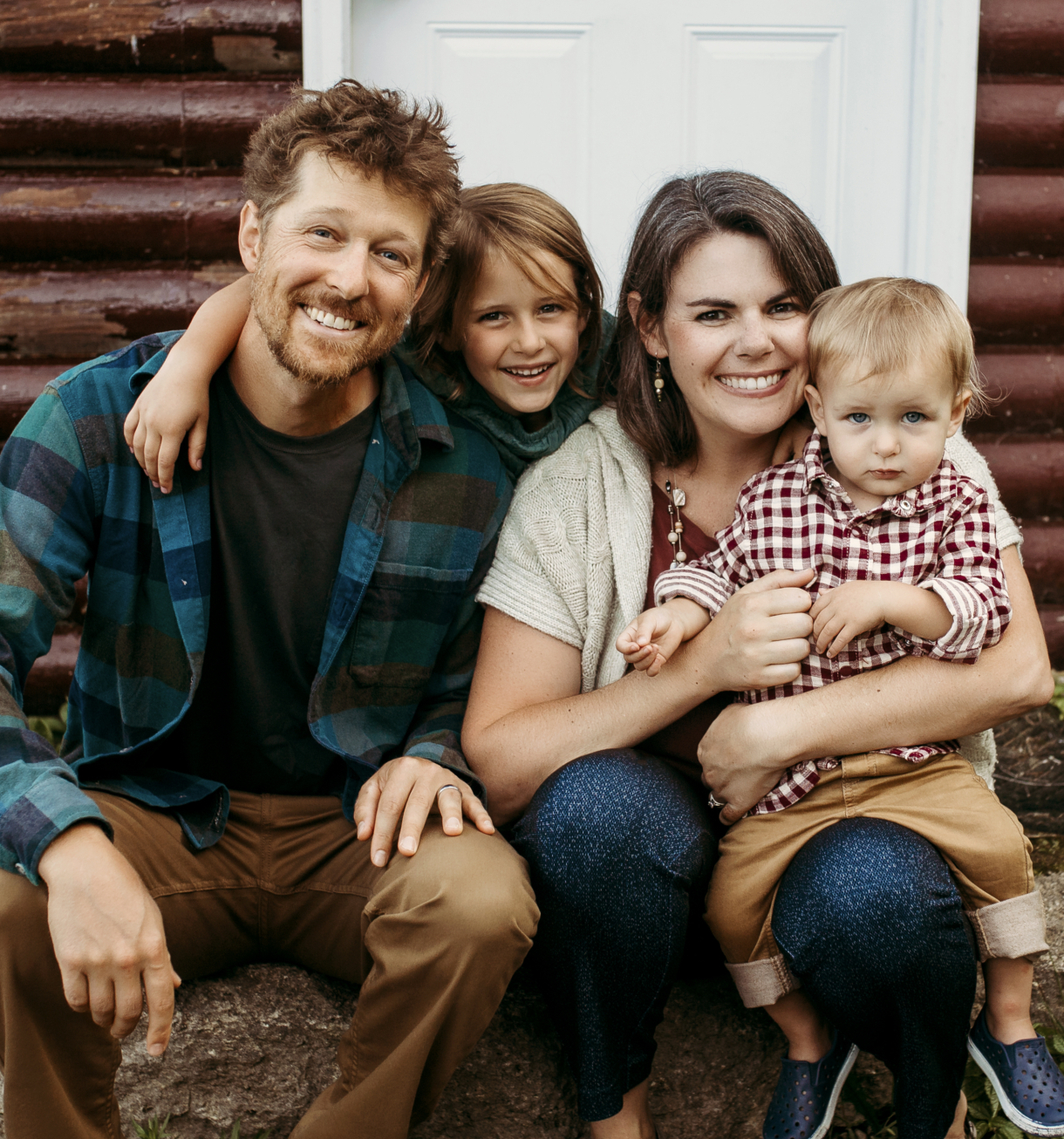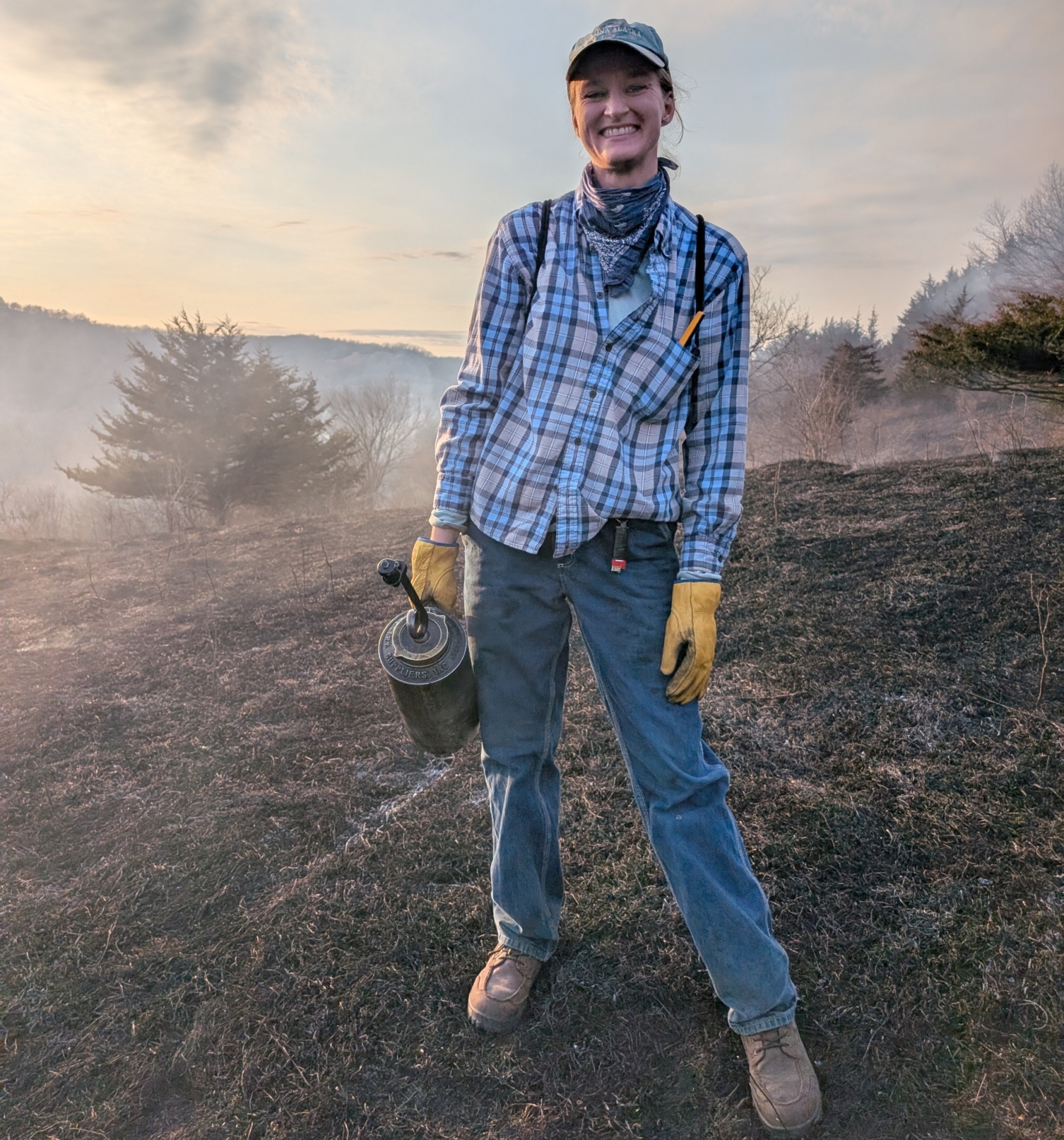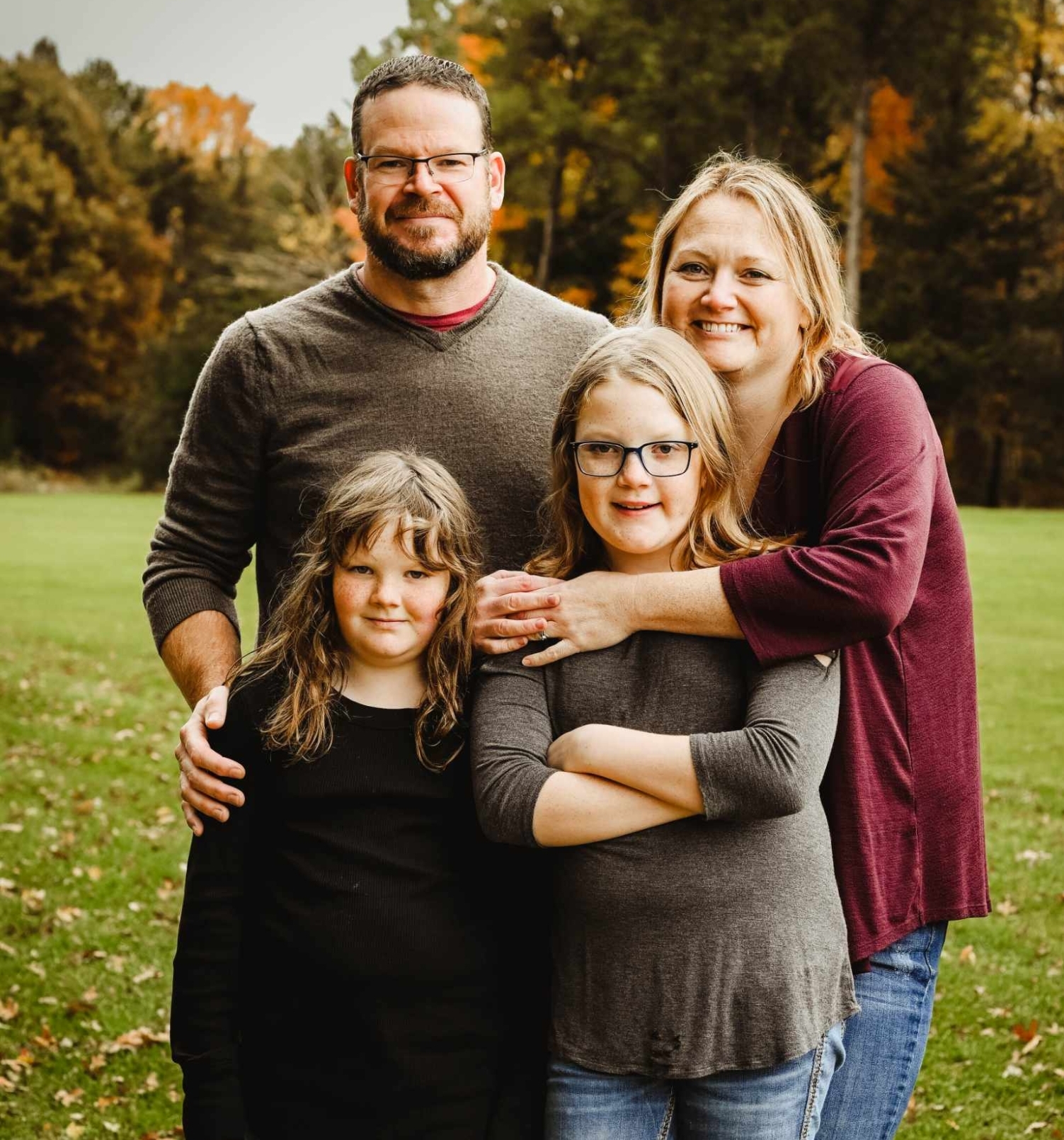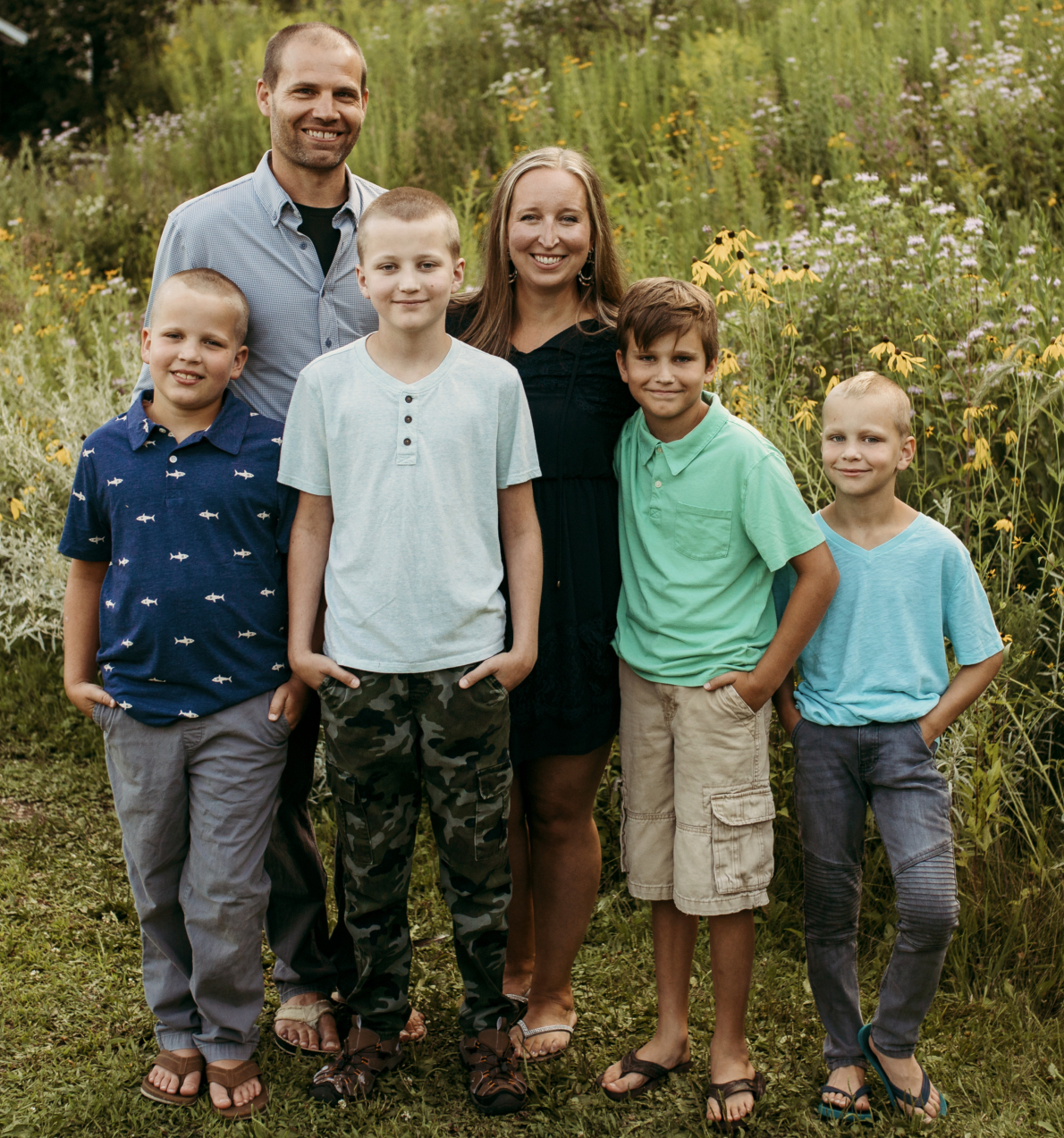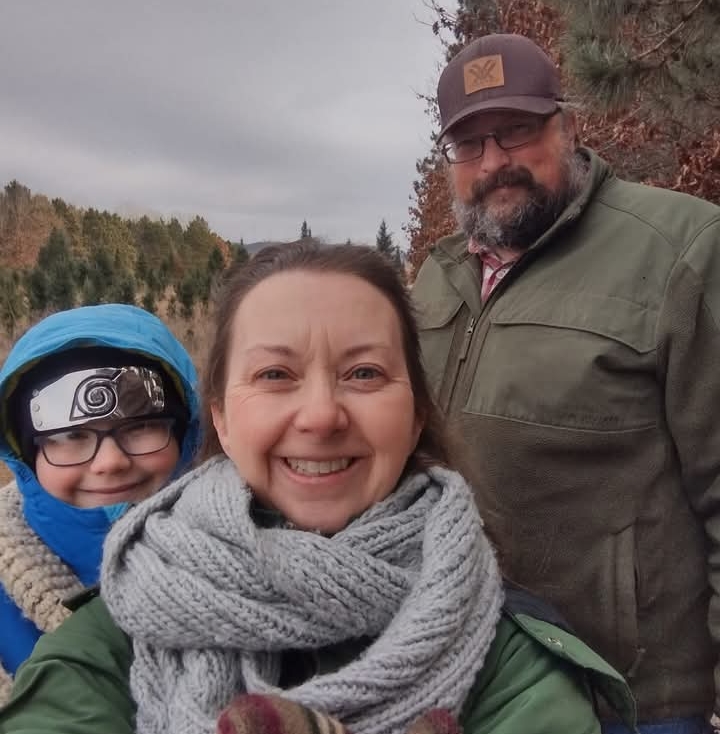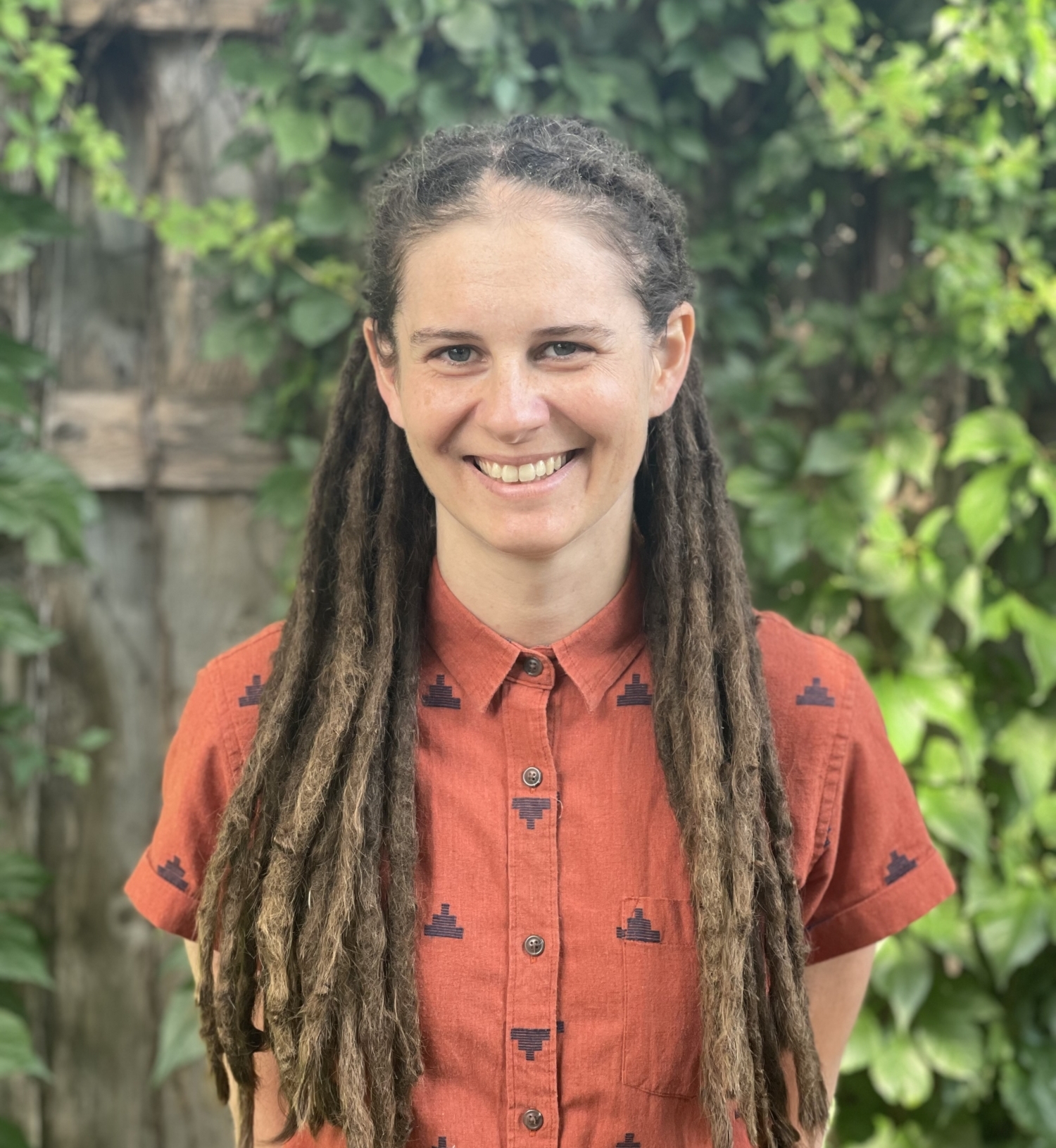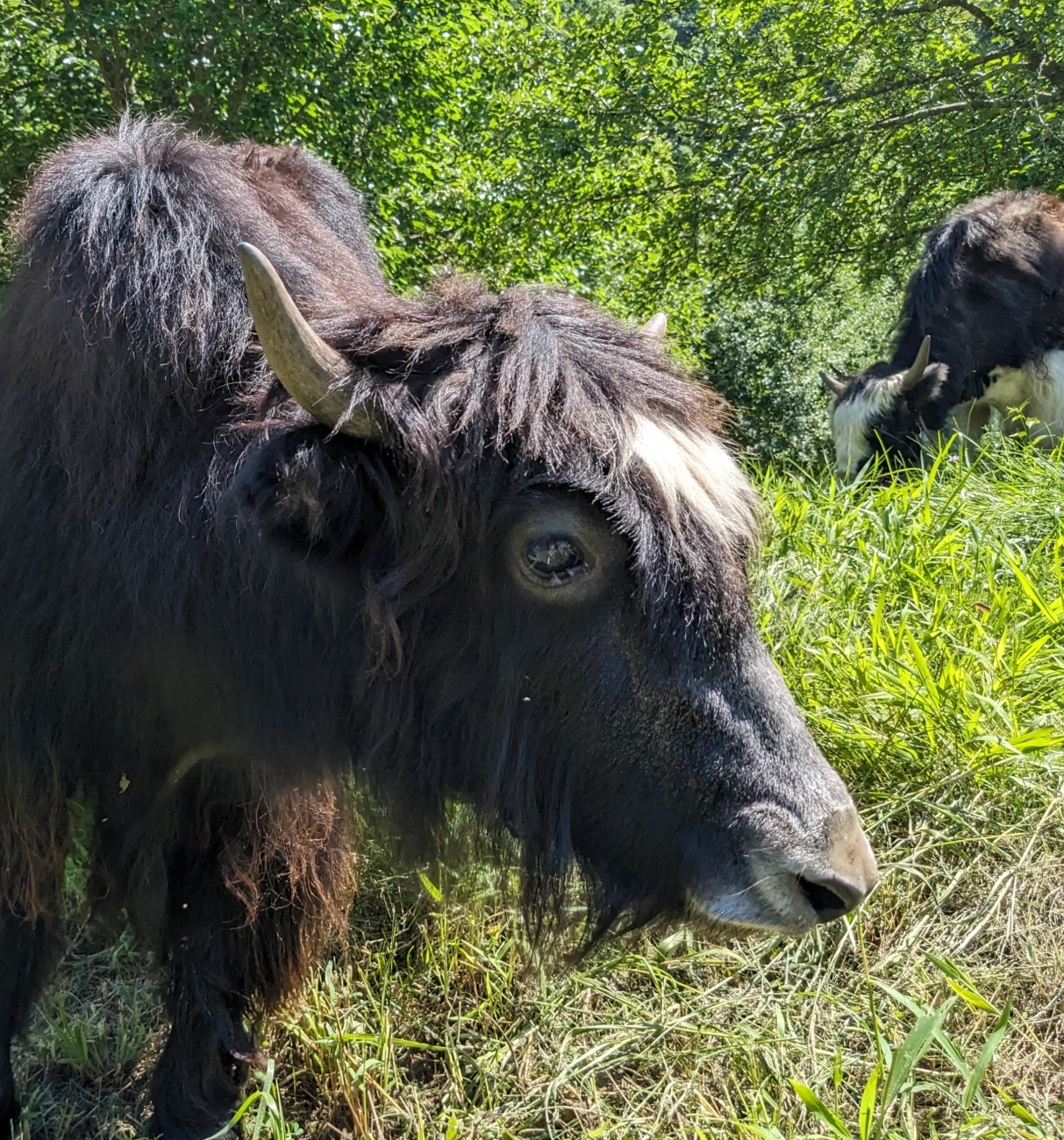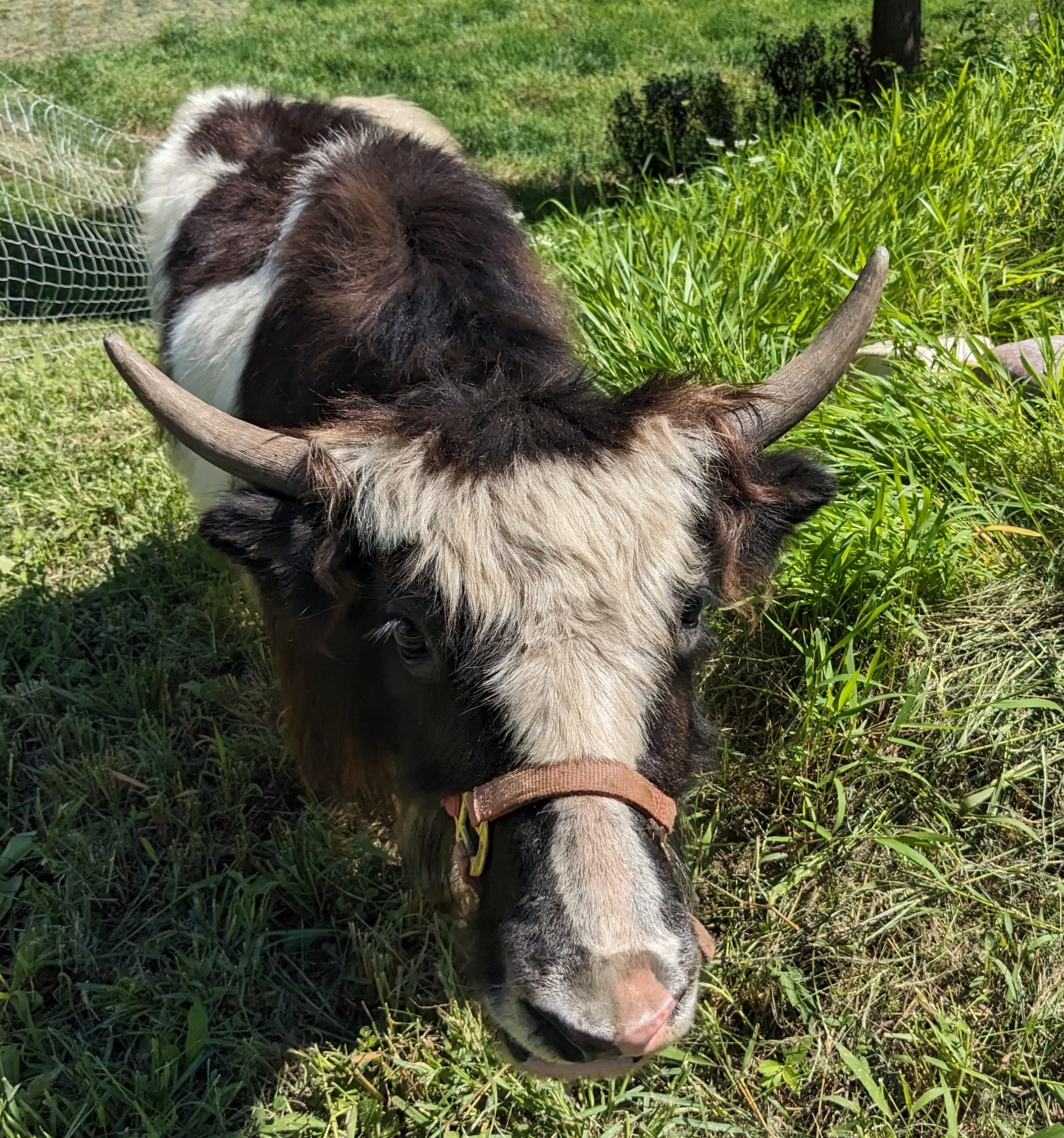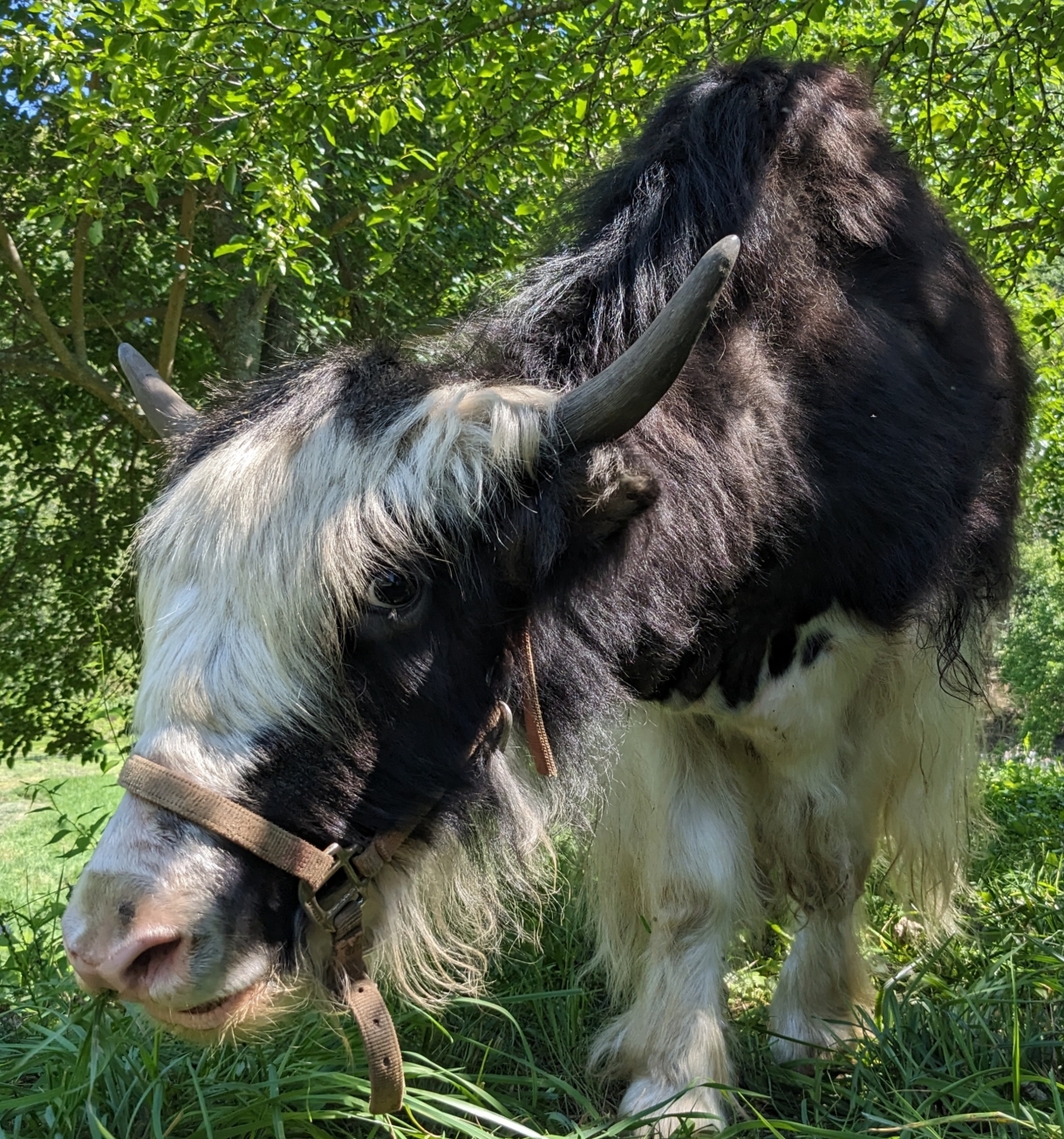THE RESTORAVORE STORY

Restoravore began as a group of four families connected by proximity, life stage, and common goals. Living within the same 6 mile stretch of valley in the Southeast Minnesota blufflands, we found that our shared interest in ecology and landscape restoration was guiding us towards the integration of grazing animals. Without this shift in our lifestyles and philosophy of ecological restoration we were reaching the limitations of what we would be able to achieve. Unable to find an existing organization focused specifically on the grazing of our historically native vegetation, we decided that we would simply need to build our own…
ABOUT OUR ORGANIZATION
Stated simply, the mission of Restoravore is: To advance restorative land use practices that reintegrate communities with native ecology.
The field of regenerative agriculture is already well established. With a focus on soil biodiversity and overall health, as well as on the prevention of erosion, many important strides are already being taken in a shift away from some of the most problematic agricultural processes. We see ourselves within the greater regenerative agriculture umbrella.
What makes us unique? Our focus on native plant communities.
To be clear, we are not purists simply hoping to recreate some historical snapshot of vegetation from ages past. Exotic plant species are here to stay regardless of how much energy we might apply trying to eradicate them. That said, we do believe that by using seed from North American native grasses and wildflowers instead of the more conventionally used species from other continents, we can both maximize ecosystem productivity as well as biodiversity. We are also flexible when it comes to grazing animals. Not everyone is up for managing buffalo. Different species of livestock have different specific habits and we are tailoring our model to utilize these differences.
Restoravore is following an approach focused more on ecosystem function and interconnectedness than on species control. This means that we try to focus on fixing the underlying problems in the ecosystem rather than simply treating the symptoms. If yaks can help us reinvigorate a steep, rocky bluff prairie, they are partners we are happy to work with!
To do this at scale we also need to increase connectivity within our social communities. We need to be working with our neighbors, the farmers, consumers, outdoor enthusiasts and supporters around us. Instead of withdrawing from the ecosystems around us as they collapse, our human communities need to resume their historical roles as stewards and participants, reengaging with cycles of water, energy, carbon, and nutrient flow in less extractive ways than much of the current status quo.
Restoravore is responding to the need for development and modeling of this type of approach. We consider our own neighborhood watershed a working ‘proof of concept’. We aspire to be a hub for research, experimentation, and careful observation within functional restoration and grazing management in predominantly native vegetation communities. The potential development of unique product/food markets that encourage comprehensive ecological restoration models may lead to the creation of “prairie fed”or “native fed” food products to be distributed locally. That way, consumers can help support the land managers and producers who are striving to rebuild native plant, pollinator and bird communities around them. We want to help educate and equip people who want to apply the Restoravore model effectively and efficiently when it comes to their own land restoration and management projects. We want to help them to network with sources for support funding, introduce them to new innovations and technology, and to learn with them as collaborators.
By developing this model, we can really expand to ecosystem restoration on a broader, landscape scale, rebuilding connectivity and reversing ecosystem fragmentation and collapse. We see this model as a way to build economic and social resiliency in our communities, giving us important skills and knowledge, as well as building stronger community connections that will be necessary as we walk into a somewhat difficult to predict future.
